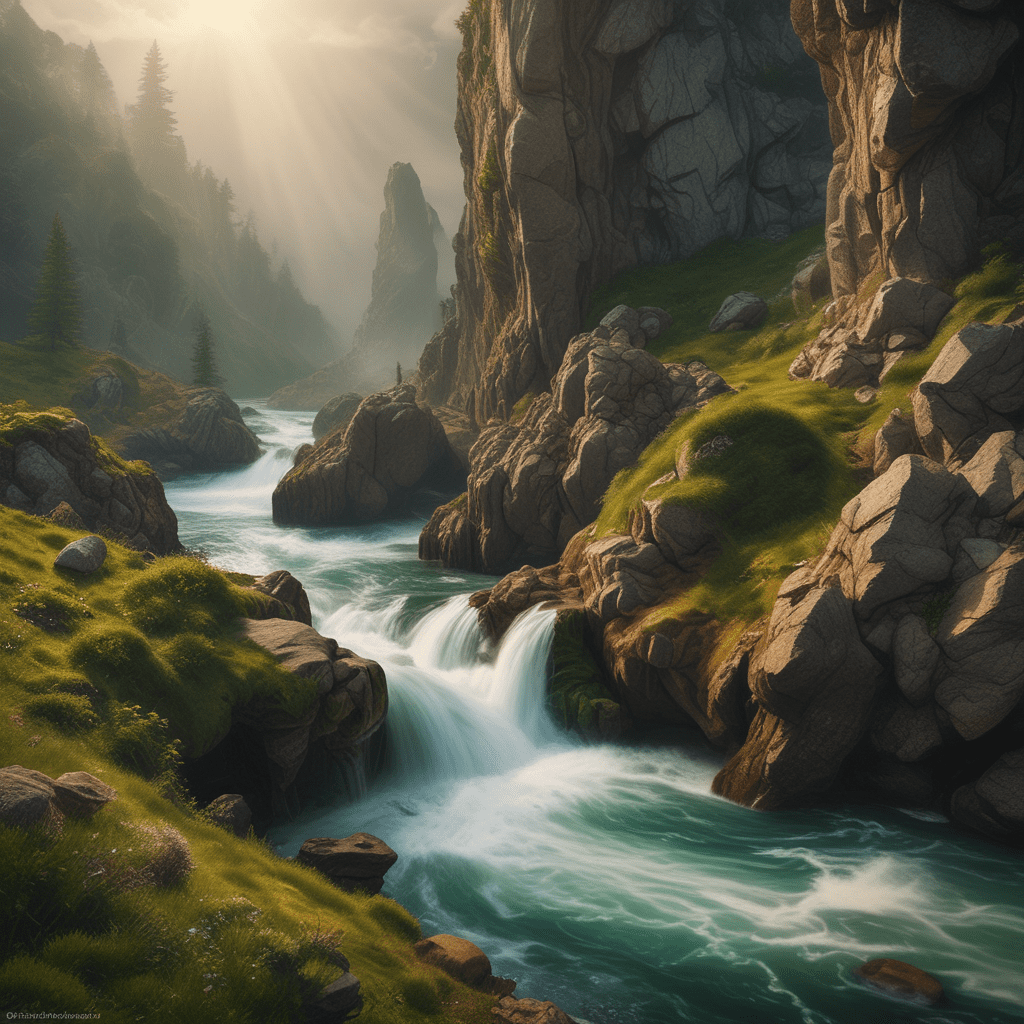The Connection Between Celtic Mythology and Geology
When exploring the rich tapestry of Celtic mythology, it becomes apparent that the ancient Celts had a profound connection to the land they inhabited. This connection extended beyond mere physical presence and seeped into their mythology and beliefs, intertwining with the very rocks and rivers that formed their environment.
The Myths of the Land
Celtic mythology is replete with stories of geological features being woven into the fabric of the tales. Mountains, rivers, and caves are not just settings for these myths but are often characters in their own right. From the peak of Ben Nevis in Scotland to the River Shannon in Ireland, these natural landmarks hold significance and symbolism in Celtic folklore.
The Sacredness of Landforms
The Celts viewed the Earth as a living, breathing entity, imbued with sacredness and divine energy. Certain geological formations were believed to be portals to the Otherworld, the realm of the gods and spirits. Eerie caves, mysterious forests, and towering cliffs were all seen as gateways to the supernatural, blurring the lines between the physical and spiritual dimensions.
The Geology of Rituals
Geological features also played a crucial role in Celtic rituals and ceremonies. Stone circles, such as Stonehenge, were aligned with astronomical events, highlighting the Celts’ keen understanding of the natural world. The choice of sacred sites for temples and altars was often based on the perceived energy of the land, with certain locations believed to hold more potent spiritual power.
The Legacy Continues
Though centuries have passed since the heyday of Celtic mythology, the connection between the ancient stories and the geology of the Celtic lands endures. Today, many people still feel a sense of awe and reverence when standing before sites that have been imbued with myths and legends for generations, showcasing the enduring power of the link between Celtic mythology and geology.
FAQ: The Connection Between Celtic Mythology and Geology
What is the significance of the connection between Celtic mythology and geology?
The connection between Celtic mythology and geology lies in how ancient Celtic beliefs and stories often incorporated elements of the natural landscape. Rocks, mountains, and rivers were considered sacred and held deep symbolic meanings in Celtic folklore.
How do Celtic myths relate to geological formations?
Celtic myths frequently depict gods and goddesses shaping the land, forming mountains, and creating valleys. The geological features of the Celtic lands were believed to be a result of divine actions and were woven into their myths to explain the origins of the landscape.
Can you give an example of the connection between Celtic mythology and geology?
One famous example is the story of the Giant’s Causeway in Ireland, where the distinctive hexagonal basalt columns were said to be the remains of a causeway built by the giant Fionn mac Cumhaill. This myth connects the geological wonder to Celtic folklore, blurring the lines between reality and legend.
How does studying Celtic mythology enhance our understanding of geology?
Studying Celtic mythology alongside geology can offer a unique perspective on the significance of geological formations to ancient cultures. It provides insight into how our ancestors perceived and interacted with the natural world, enriching our understanding of both the land’s physical characteristics and





